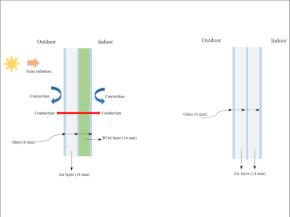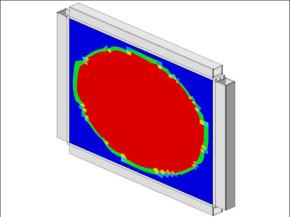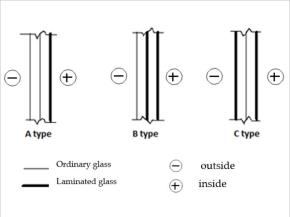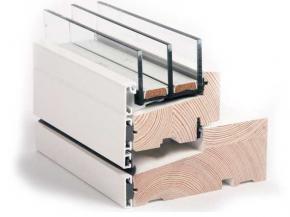Latest articles
| In this paper, the behaviour of various Insulating Glass Units (IGUs) is examined under the influence of quasi-static uniform wind pressure and weather actions.
| In this latest Glastory blog, Uwe Risle explains why thin triple IG units are gaining popularity and what the key differences are between thin triple IGUs and other insulating glass types.
| This paper evaluates the thermal performance of a triple-glazed glass window filled with a phase-change material (PCM) compared to the performance of a traditional triple-glazed window with air gaps.
| A comparison between measured and declared values
| This paper presents some of major outcomes of Finite Element (FE) numerical methods and simulations that have been explored in the framework of the GLASS-SHARD research project for glass windows and facades under explosion or soft-body impact.
| In this research, the structural sealed façade structure with triple IGU was investigated and the effect of the thickness of ordinary and laminated glasses.
| With the myriad of glass type available now, it is often confusing what to choose in terms of safety, thermal and solar performance and balancing cost with the benefits on offer.
| Triple glazing is essentially the same as double glazing, except it is constructed with 3 panes of glass, creating 2 sealed air cavities.
| Electronically tintable glass can offer a solution which avoids having to trade off daylight and views with energy performance and occupant comfort, allowing more glass to be used without energy penalty and without causing thermal or visual…
| Vidromax created a system that enables the production of insulation units with maximum dimension, with 6m by 3,21m, which facilitates transport and export.
| In the last few years, the production of insulating glazing units (IGU) evolved to develop composi-tions to obtain high thermal insulation performance: double glazing filled with Argon/Kripton gas, low-emission glazing, warm-edge spacers and triple…
| An Introduction to Design and Performance by Dr. Cenk Kocer - University of Sydney, School of Physics, Sydney 2006












